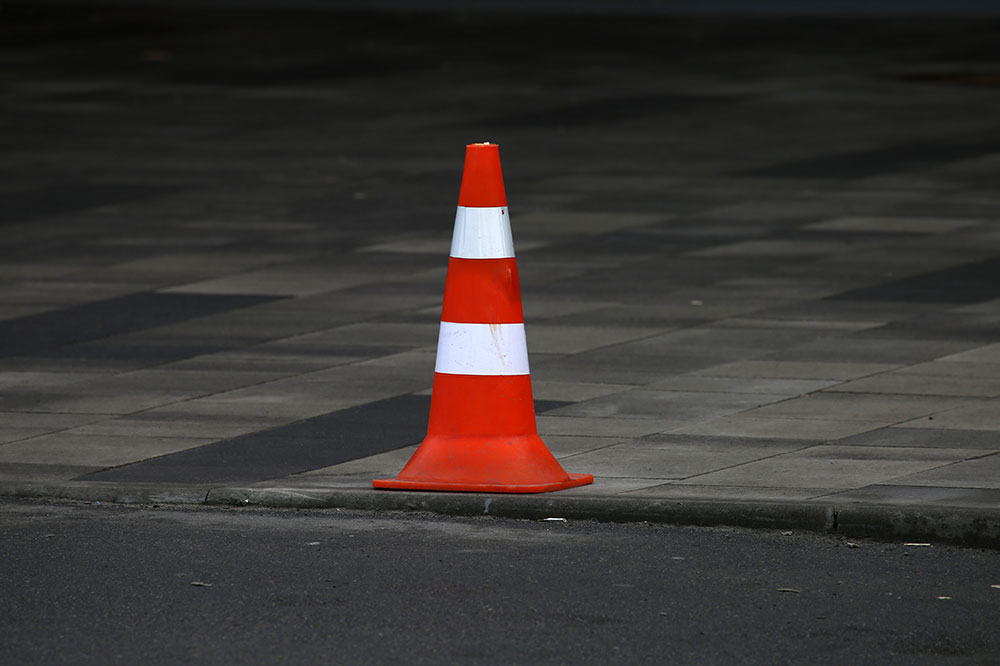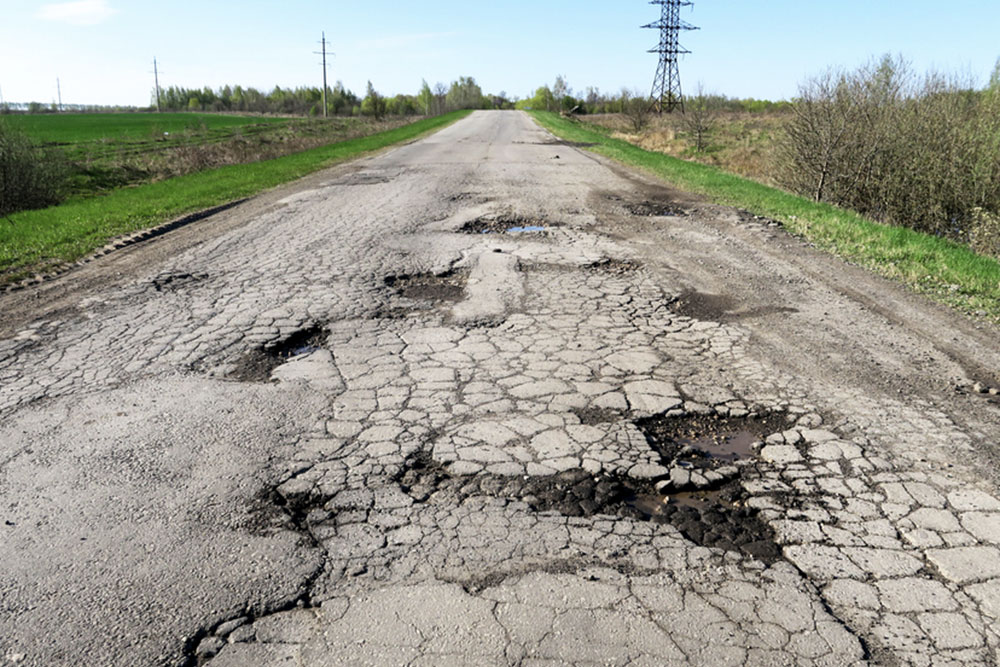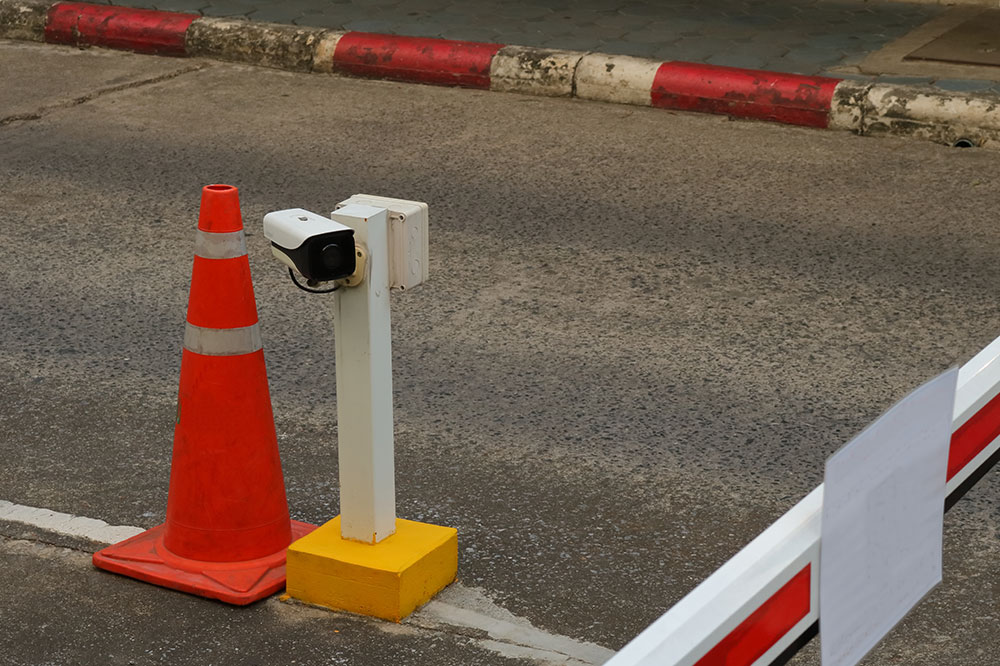Understanding Traffic Cone Colors and Their Uses
This article offers an in-depth overview of traffic cones, highlighting their uses across various road situations and explaining the significance of their different colors. It emphasizes safety and visibility standards, aiding traffic management professionals and road users alike.

Understanding Traffic Cone Colors and Their Uses
Traffic cones are essential tools to direct and manage road traffic. They are coated in vivid reflective colors for visibility and made from impact-resistant plastic to withstand vehicle contact. This article explores how traffic cones are used and the meaning behind their various colors.
Applications of traffic cones:
Accident zones: When incidents like accidents or delays occur, authorities place cones to divert traffic away from danger areas, ensuring smooth flow.
Lane separation: Cones help separate lanes for pedestrians, cyclists, and vehicles, promoting safe and orderly movement.
Construction sites: During maintenance or building activities, cones signal ongoing work to drivers and pedestrians.
Event management: For special occasions or road closures, cones block off routes to regulate traffic.
Colors of traffic cones and their meanings:
The Federal Highway Administration (FHWA) standardizes cone color, size, and reflectivity. The most common color is orange, chosen because it contrasts sharply with the sky and natural backgrounds, ensuring high visibility. Fluorescent yellow-green cones are often used near schools, playgrounds, or areas with increased pedestrian activity, especially around construction zones and busy pedestrian crossings. Other colors, such as blue, yellow, white, black, red, pink, and purple, serve specific purposes and should not be used interchangeably. Cone size varies depending on the intended road or application.
Note:
Our blog provides diverse, practical information based on thorough research. While we strive for accuracy, readers should verify details through official sources. We are not responsible for discrepancies or missing information related to other platforms or offers beyond our scope.







